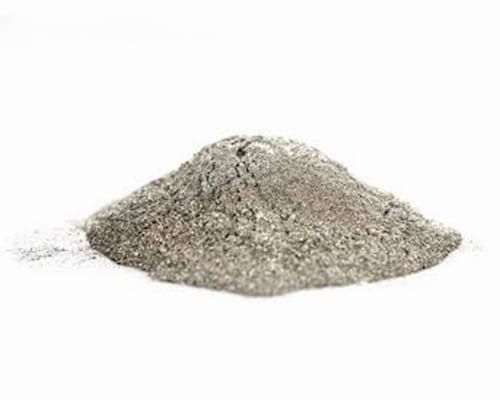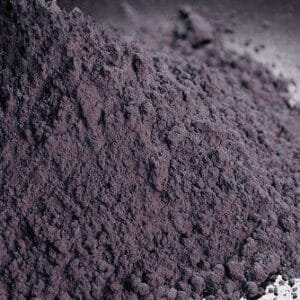L605 Alloy Powder Description
L605 Alloy Powder Specifications
| Product Name | L605 Alloy (UNS R30605) Powder |
| Alloy Grade | GH605, L605 |
| Related Grades | / |
| Composition | Cr 19.0-21.0 Ni 9.0-11.0 Co Bal W 14.0-16.0 C 0.05-0.15 Fe 17-20Mn 1 max Si 1 max P 0.04 max S 0.03 max Cu 0.5 max1 |
| Size Grades | -105+45micron -53+15micron |
| ASTM | / |
| AMS Specification | 5537 |





Reviews
There are no reviews yet.